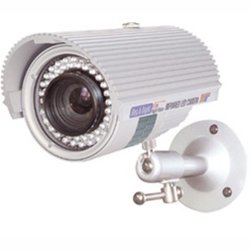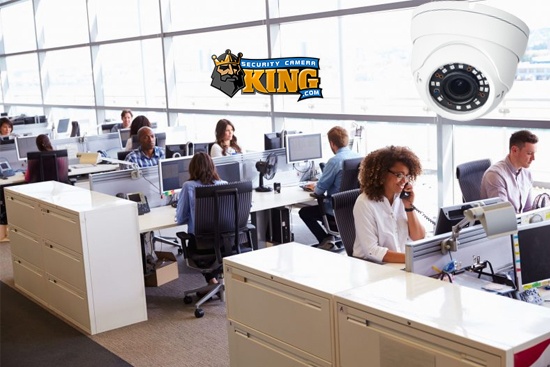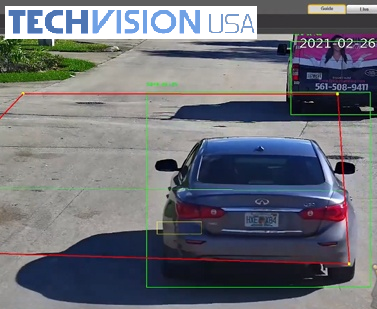 A night infrared camera system can help you see what others can’t. Not only can it help you to see, but those being watched cannot detect the “light” that is used to “illuminate” the scene that they are in. What’s more is that an infrared camera system can give you the high resolution quality of daytime video recording and also the high resolution of nighttime video recording, without requiring much of a greater cost. To find out more about this type of system, read on.
A night infrared camera system can help you see what others can’t. Not only can it help you to see, but those being watched cannot detect the “light” that is used to “illuminate” the scene that they are in. What’s more is that an infrared camera system can give you the high resolution quality of daytime video recording and also the high resolution of nighttime video recording, without requiring much of a greater cost. To find out more about this type of system, read on.
There are three components to a typical digital video security and surveillance system; the camera(s), the Digital Video Recorder (DVR), and the monitor(s). It is neither the DVR nor the monitor that makes night infrared camera systems possible, it’s the camera. So let’s discuss a little about how a typical digital video camera works, including those that are night infrared cameras.
First, the camera works by using reflective light and transferring it into electrical energy that can be used to create an electronic video image. The light in the camera’s field of vision penetrates the camera’s lenses. The lenses function is to focus the entire field of vision onto a 1/4 to 1/2 inch size square sensor.
There are two different types of sensors used in night infrared camera systems. Although they both change the light image into measurable electrical impulses, each goes about doing so in a slightly different manner. Nonetheless, the end product of the either sensor is an electrical impulse that can be used to “reconstruct” the image. The sensors that are used for this purpose are either the Charged Coupled Device or CCD or the Complementary Metal Oxide Semiconductor or CMOS.
Both the CCD and CMOS send their minute impulses to a couple of on-board Integrated Circuit (IC) chips. One called a Digital Signal Processor or DSP is constructed specifically for the purpose of managing the camera’s output and making sure that the video image created is of the best quality possible. The other IC chip is called an analog-to-digital converter which takes the sensor’s electrical information which until now has been in analog form and converts it into a digital or binary format.
One advantageous characteristic of both the CCD and the CMOS sensors is that while these sensors can “detect” visible light and create a small electrical impulse out of it, they can also “detect” invisible light, specifically infrared light in the near infrared spectrum that is invisible to the human eye, and create a small electrical impulse from it as well. In fact, these sensors can detect near infrared light inherently and really require no other assistance to help detect it.
However, depending on the construction of the sensor and the type of camera, they may need some additional light provided in order to make the infrared signature “bright enough” at a longer distance in order to create a highly detailed video image. This additional light is near infrared light provided by infrared Light Emitting Diodes or LEDs. Most night infrared camera system cameras have an array of these LEDs position in a circle right around the lens. This ensures that the LED light will be directed in the same field of vision that the camera’s lens is.
Each night time infrared camera has a rating of the distance at which it can produce an infrared image. The distance is usually limited to the number and type of LEDs used, so when purchasing a night infrared camera system, be certain to check the range of the camera to make sure it meets your requirements.
If the camera doesn’t have the range you need you can always try using an Infrared Illuminator. Infrared Illuminators are basically nothing more than a group of infrared LEDs. However, most illuminators emit strong invisible infrared “light” up to 300 feet or more, drastically extending the range of your camera.
One last note about night infrared camera systems; since these systems are working in infrared mode their video image will be displayed as monochromatic or black and white. Only the visible light spectrum can display color and that is why the infrared mode is not in color.
If you have any additional questions about a night infrared camera system, please contact one of our security experts either by on-line “Live Chat” or by telephone at 866-573-8878.











